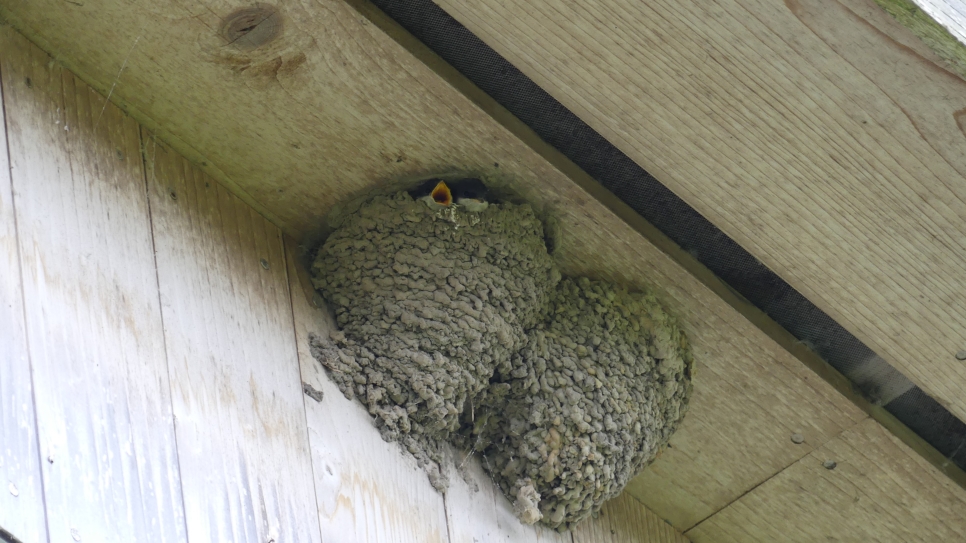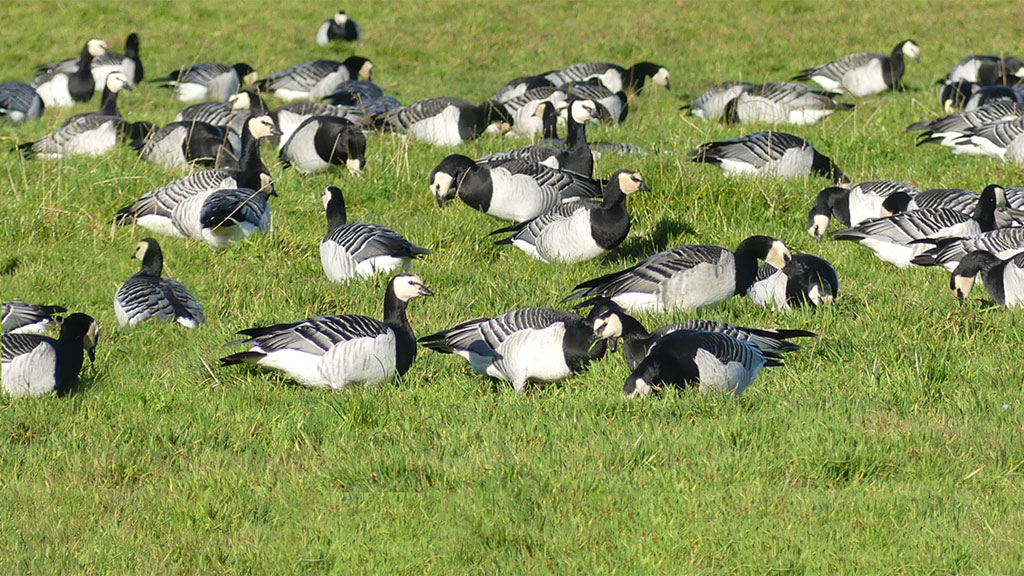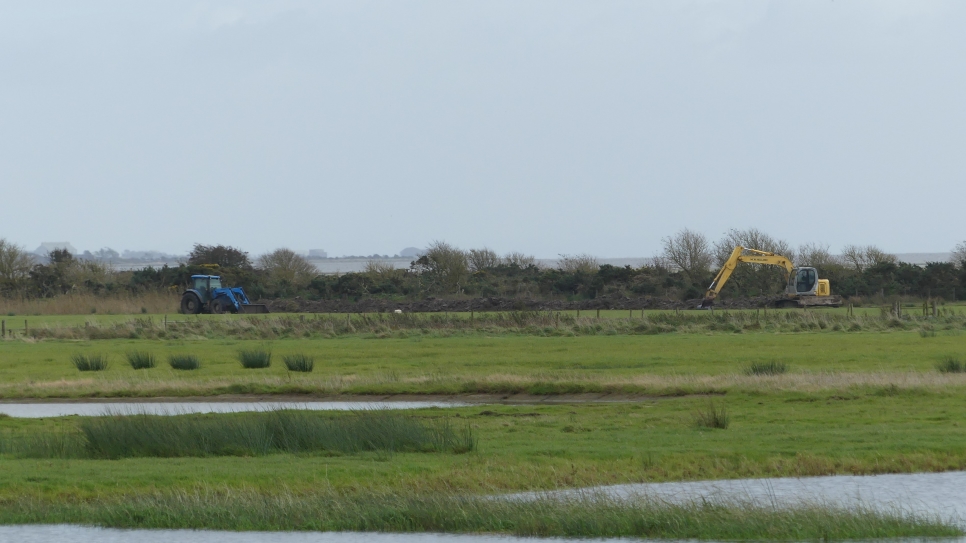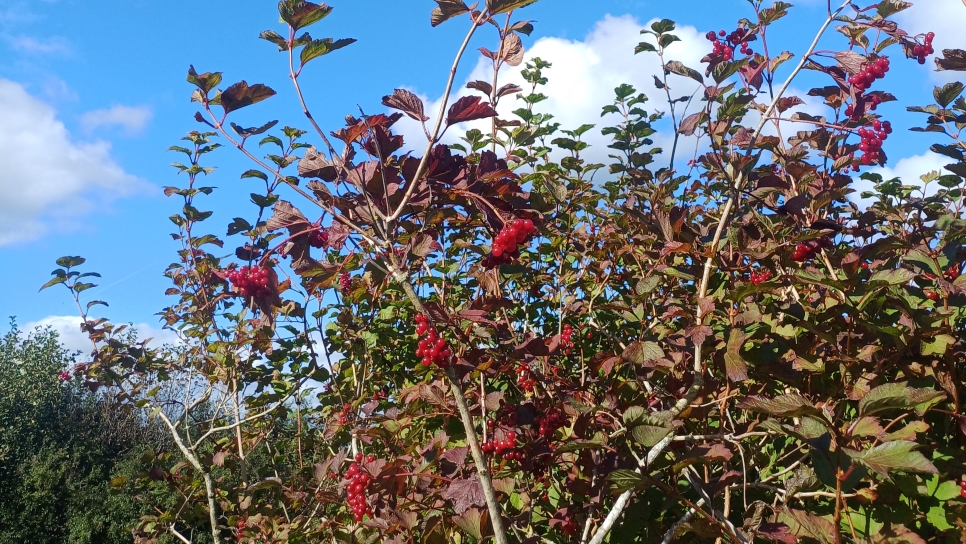Nature's Nursery

Whilst it may seem quieter at WWT Caerlaverock without the wintering geese and swans, the reserve has become nature's nursery.
Wetlands provide a lot of food, abundant with insects and a variety of plants and the reserve is managed to maximise biodiversity. We are pleased to see breeding lapwing pairs, challenged with spotting their young camouflaged amongst the grass. On the Back, Folly and Teal Ponds, broods of ducklings have been entertaining visitors and staff, whilst moorhen chicks have been learning to navigate the wetlands with their long legs. Swallows and house martins have been busy around the reserve, building nests on the Peter Scott Observatory, in the hides and on the centre buildings. Our nest boxes proved successful with fledging tree sparrows and although they do not breed on the reserve we have spotted young heron. They are drawn to WWT Caerlaverock to feed on their own. It’s not all birds, amongst the long grass reserve staff noticed a deer fawn. It’s normal for a mother to hide her fawn whilst she feeds nearby.
Whilst lovely to look at, the presence of young highlights the hard work on the reserve. Since 1967, the UK lapwing population has declined by 55%. Lapwing nest on arable land or on short grassland with wet grassland providing important sources of food such as earthworms and insects. As part of the Wilder, Wetter Caerlaverock Project we are creating water bodies of all shapes, sizes and depths to suit all sorts of different wildlife. These provide many benefits for the wildlife on the reserve, including lapwing. Muddy wet margins because of these formations provide an area for lapwing and their chicks to feed and with the scale of the project, we are connecting wetlands and increasing the amount of available habitat across the reserve. As for nest boxes, these add to the available habitat for cavity nesting birds, in particular, tree sparrows. Tree sparrows nest in colonies and require lots of places to nest in a small area to be successful. Additionally, nest boxes make it easier for us to monitor populations which can help guide our team and their efforts.
Often overlooked, successful broods of moorhen chicks and ducklings as well as deer fawn, are an indicator of the biodiversity sustained and highlight the plentiful resources on the reserve. Across the UK, swallow, swift, and house martin populations are decreasing. Often relying on places such as old buildings and roofs to nest, habitats for these birds are becoming replaced by renovated properties and new housing. WWT Caerlaverock welcomes and provides places for these spring visitors to feed and nest. There is lots of food in the form of insects, and our hides make for great nesting spots. For information on how you can help swifts, read our Swift Awareness Week blog.
Visit WWT Caerlaverock and have a close encounter with natures young. Keep an eye out for ducklings on the Folly Pond, spot the moorhen chicks on the Teal Pond and look up at the young swallows and house martins on the Peter Scott Observatory.
The Wilder, Wetter Caerlaverock project is supported by the Scottish Government’s Nature Restoration Fund, managed by NatureScot.
Words and picture by Saoirse Murphy-Collot



